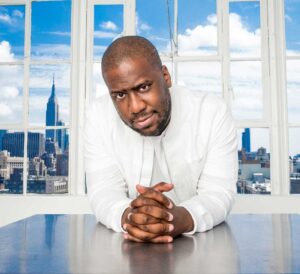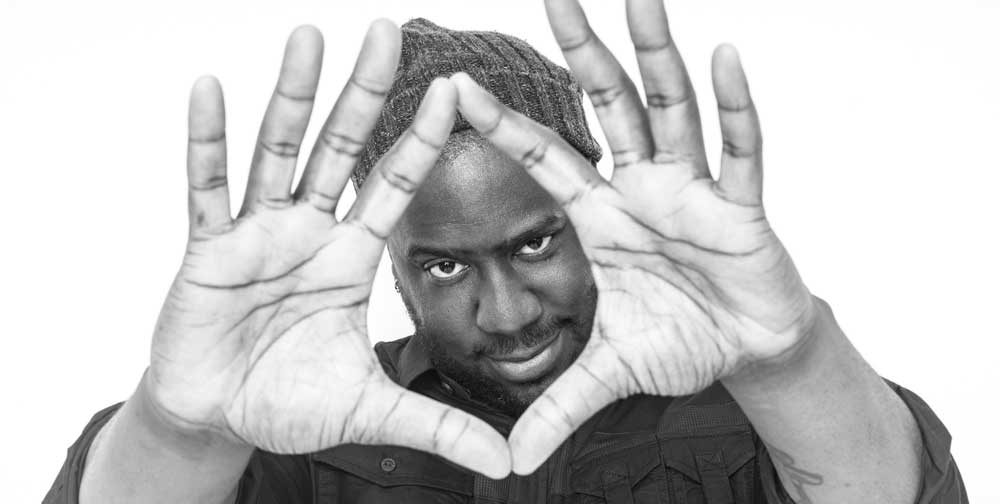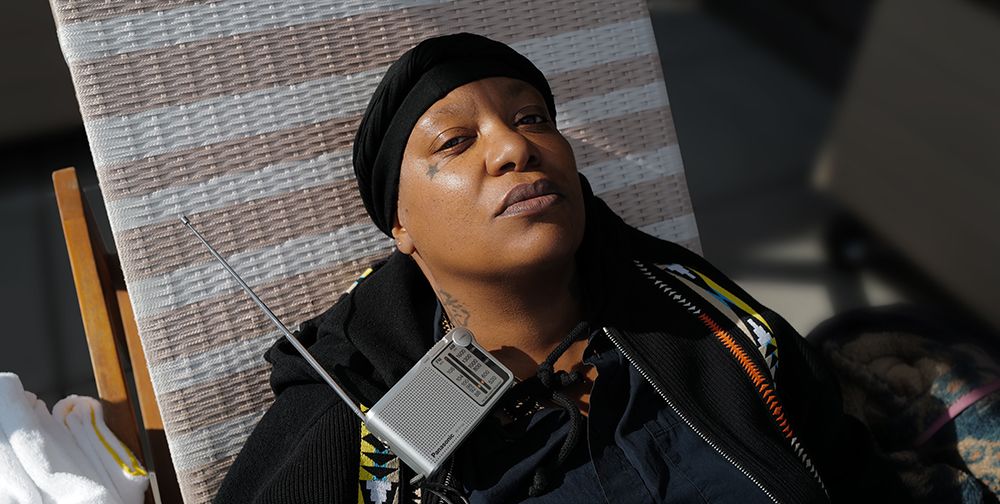When Blue Note re-issued Robert Glasper’s “Black Radio” in 2022, they acknowledged an undeniable truth – that this groundbreaking, Grammy winning record had in the ten years since its release become a contemporary classic.
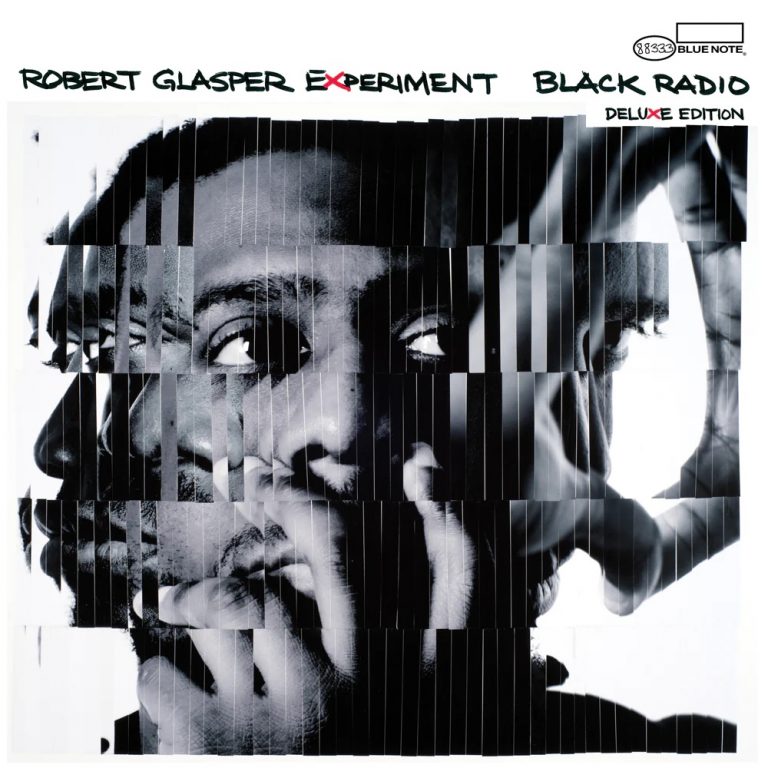
THE ROBERT GLASPER EXPERIMENT Black Radio
Available to purchase from our US store.
Already a highly regarded pianist and bandleader, Glasper assembled a tight quartet: Robert Glasper Experiment to act as the project’s musical core. On sax and vocoder there was Casey Benjamin, Derrick Hodge on bass, Chris Dave on drums and of course the man himself on keys. To realise his vision, he assembled a stunning lineup of featured artists from the worlds of RnB, soul, hip-hop and more.
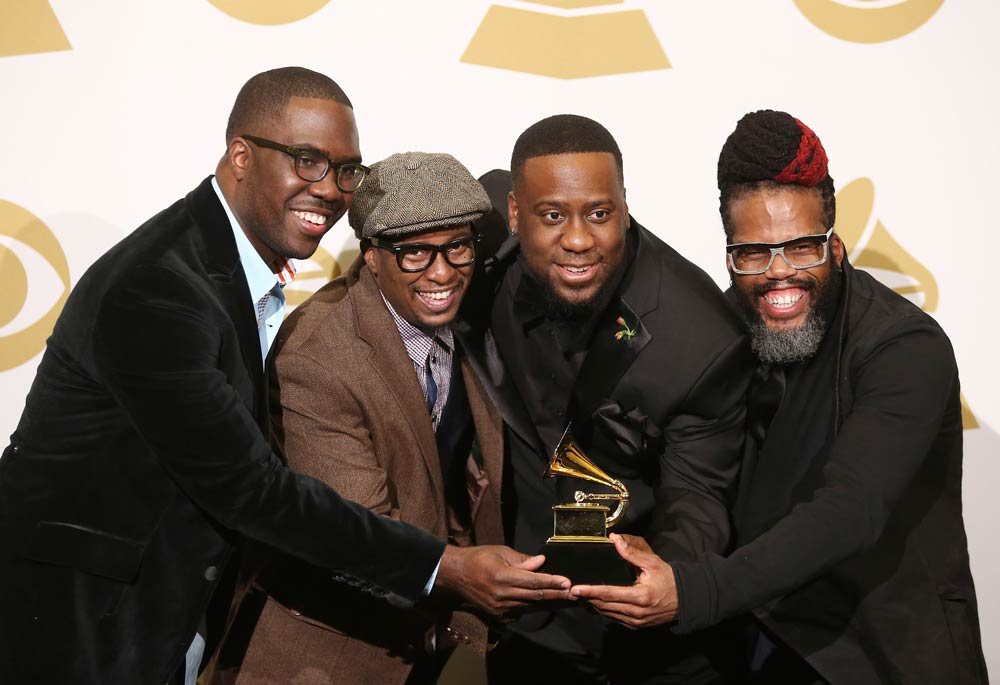
Many of his collaborators for the project, most notably the visionary singer, bassist and poet Meshell Ndegeocello have themselves created work that has broken down genre boundaries. Having previously released four well received albums, Glasper was ready, with the able assistance of his stellar cast of collaborators, to put a musical line in the sand that would change the trajectory of contemporary jazz.
Today, numerous artists are creating records that fuse the genres Glasper was working with – but it was he that created the blueprint for much of what we’re hearing now, with “Black Radio” in 2012.
Just as the British drummer and bandleader Yussef Dayes codified his relationship to a myriad of musical styles through his 2023 album “Black Classical Music” – Glasper created a project that was also a manifesto. Since the album first came out, he has released 2013’s “Black Radio 2” and a third volume in 2022, garnering significant acclaim for both projects. The vision that he has built on since 2012 has also been channelled into a series of mixes called “Black Radio Broadcast”, which he shared via YouTube.
With “Black Radio” Glasper sought to find the links and commonalities between a range of genres and traditions. In a 2012 interview with Jazz Times, he stated that “the point of this record was to bring music to the mainstream people to hear: something they can identify with, and that I identify with”. He added that “I identify with jazz. I identify with gospel. I identify with soul. I identify with neo-soul. I identify with pop, RnB, rock, hard rock – all that. It’s all part of me. I don’t want my music to be just a secret for jazz people”.
The production of the album saw Glasper not just performing the functions of pianist, composer and bandleader, but also producing. Jazz has always thrived on collaboration and the cross-pollination of ideas – but with Black Radio, he stood at the centre of a musical vision much in the way a hip-hop producer might, bringing in the right featured artists to realise his vision.
The album opens with tone setter “Lift Off/Mic Check” that introduces the band as a crisp beat underpins languid piano phrases and record scratches from turntablist Jahi Sundance. It’s a perfect jumping off point before the listener is treated to the distinctive voice of Erykah Badu, set against a laid back but perfectly balanced instrumental on “Afro Blue”.
A sonically rich RnB flavoured rendition of Sade’s “Cherish The Day”, sees the vocal stylings of Lalah Hathaway combined with the vocoded singing of Casey Benjamin. This gives way to “Always Shine” featuring the vocal chops of Bilal and MC Lupe Fiasco – whose contributions sit over the jazz meets hip-hop instrumental perfectly. “Black Radio” is a masterpiece of pacing that sees Glasper shift and change between sounds, influences and mood with a deft sense of consideration.
The aforementioned Meshell Ndegeocello puts in one of the record’s most affecting vocal performances on the sweet, but brilliantly textured “The Consequences of Jealousy”, before singer Stokley offers up an impressive vocal workout on the punchy and intoxicating “Why Do We Try”.
On an album as consistent as “Black Radio”, it’s near impossible to pick out singular highlights, but the title track featuring the rapped and sung lyrics from Yasiin Bey (aka Mos Def) – functions as a distillation of everything the record stands for sonically. Crisp percussion underpins dextrous bars from Bey before richly melodic piano phrases slide into the mix. The sung choruses provide perfect counterpoint to the other sonic elements used on the track.
As if the album hadn’t served up enough forward-looking sonic fusions and highly successful experiments, Glasper saves the album’s most musically audacious moment for the end. On paper, closing with a cover of Nirvana’s “Smells Like Teen Spirit” could seem like a recipe for disaster, but the outcome is beautifully haunting. Vocoded singing sits on top of a sparse mix with Glasper’s piano providing gorgeous melodic counterpoint to the famous lead-vocal melody. It’s the perfect ending to an album that honours its influences but sets its sights on a place where genre melts into the background.
It’s hard to imagine many of the last decade’s forward-thinking jazz-rooted records that step into hip-hop, soul and RnB territory, without “Black Radio”. It’s an album that opened up new space musically and will continue to reverberate through jazz for years to come. Sonically, none of its fire has dimmed in the decade since it came out and it remains as fresh and vital as it sounded on release day.

THE ROBERT GLASPER EXPERIMENT Black Radio
Available to purchase from our US store.Andrew Taylor-Dawson is an Essex based writer and marketer. His music writing has been featured in UK Jazz News, The Quietus and Songlines. Outside music, he has written for The Ecologist, Byline Times and more.
Header image: Robert Glasper. Photo: Mathieu Bitton, courtesy of Blue Note Records.
